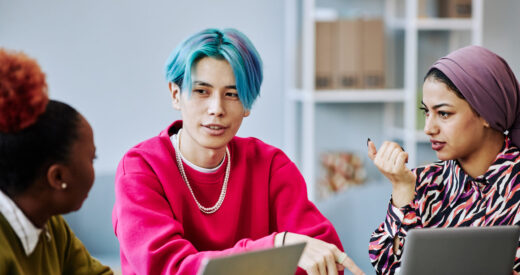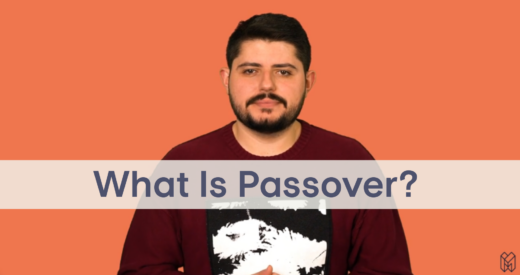“Discovering my pansexuality meant discovering my self worth. I had spent so much time vacillating between a few identities that didn’t quite seem to fit me, and the energy that took began to take its toll on my mental health. When I discovered the meaning of pansexuality, I knew I had found that thing I was missing.”
— Tucker Hull | Member Services Coordinator | Pronouns: he/him/his | From Human Rights Campaign
Pansexuality is one of the lesser known terms in the LGBTQ+ alphabet. And even when people think they know what pansexuality means, they are often mistaken.
For starters, pansexuality and bisexuality are not the same thing. As the prefix “bi” indicates, people who are bisexual are attracted to two genders, or by modern definitions, two or more genders. People who are pansexual are attracted to all genders. These genders may include men, women, nonbinary individuals, trans individuals, folks who are gender fluid, and so on.
However, this does not mean pansexual people are attracted to all people – another common misconception. Just as gay men aren’t attracted to all men, pansexual people are not attracted to all people. Rather, they are attracted to certain people regardless of their gender identity.
Although the terms are distinct, some bisexual individuals also identify as pansexual and vice versa. The easiest way to conceptualize it is that pan is a part of the bisexual+ community.
Although not much can be found on the history of the day, May 24 is considered Pansexual Visbility Day. The goal of the day is to celebrate the pansexual community and educate others. This is a great opportunity for pansexual individuals to make their voices heard and for allies to amplify pan voices, educate themselves on issues the pan community faces, and volunteer with or donate to LGBTQ+ advocacy groups.
One particular issue worth noting is the high rate of mental illness among the pan youth community. In fact, according to a 2022 survey by the Trevor Project, pan youth are the most likely to consider (53%) or attempt (21%) suicide, compared to other LGBTQ+ youth groups (lesbian, gay, bi, queer, questioning, and asexual). They are also the most likely to experience anxiety (79%) and depression (66%).
There are two primary factors at play here. First, rates of discrimination against pansexual individuals are comparable to those against other LGBTQ+ groups. The same Trevor Project survey reported that 36% of pan youth have been physically threatened or harmed, and 69% experienced some form of discrimination. Suicide rates of LGBTQ+ youth overall increased 19% and 12% respectively when they experienced these aggressions.
Second, because pansexuality is a lesser known sexual orientation, pan youth may be unsure of, or confused by, their identity, as Tucker Hall related. There are fewer resources available to pan youth compared to other LGBTQ+ groups and fewer role models to look up to or advocacy groups to turn to. This can cause pansexual individuals to feel invisible, the driving motivation for Pansexual Visbility Day. At the end of the day, pansexual individuals want to be seen, heard, and affirmed.
If you’re looking for ways to be a better advocate and ally this Pansexual Visibility Day, consider a few of the following actions.
- Educate yourself about LGBTQ+ people and issues. 35% of LGBTQ+ youth reported feeling supported by this action.
- If you are a parent to a pansexual child, engage in respectful dialogue about their identity.
- Challenge your own, and others’, assumptions about what it means to be pansexual.
- Listen to and highlight a pansexual musician. Miley Cyrus, Janelle Monáe, and Brendon Urie are a few.
- Show that you are an ally by displaying a pan flag.
- Speak up if you hear microaggressions or jokes targeting pan individuals. Pay close attention to any claims of pan people being “unsure” or “experimenting” or any jokes referring to cookware; they’re more common than you’d think.
- Learn how to identify relationship abuse within LGBTQ+ relationships.
For more information on how to support the LGBTQ+ community all year long, we recommend the Human Rights Campaign and the Trevor Project as trusted resources.
Kaela Sosa, CDE, is Curriculum and Programming Manager at The Diversity Movement as well as one of its founding members. With a degree in Psychology and Gender Studies, Kaela has fought for the visibility and acknowledgement of issues pertaining to underrepresented groups for nearly a decade. Connect with her on Linkedin.





